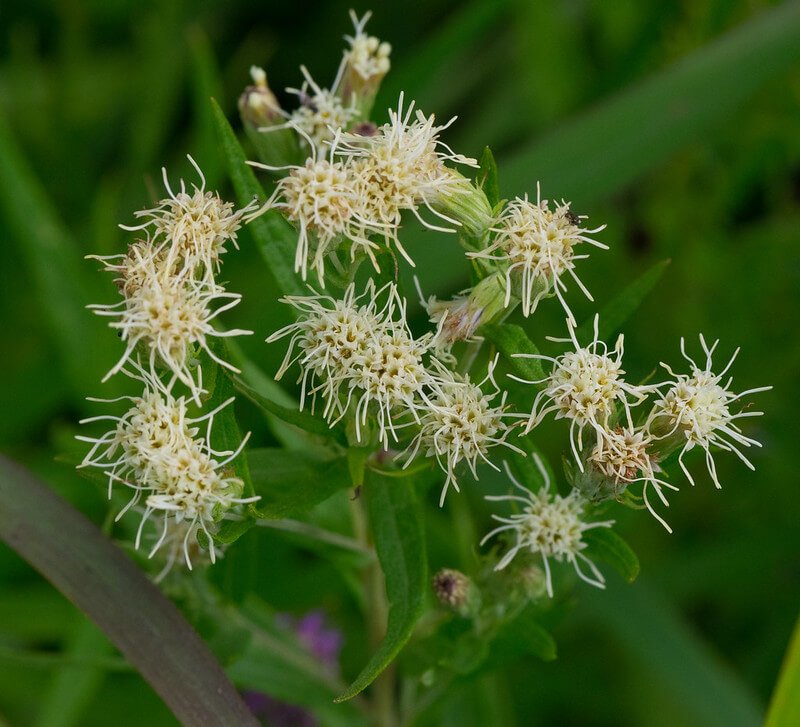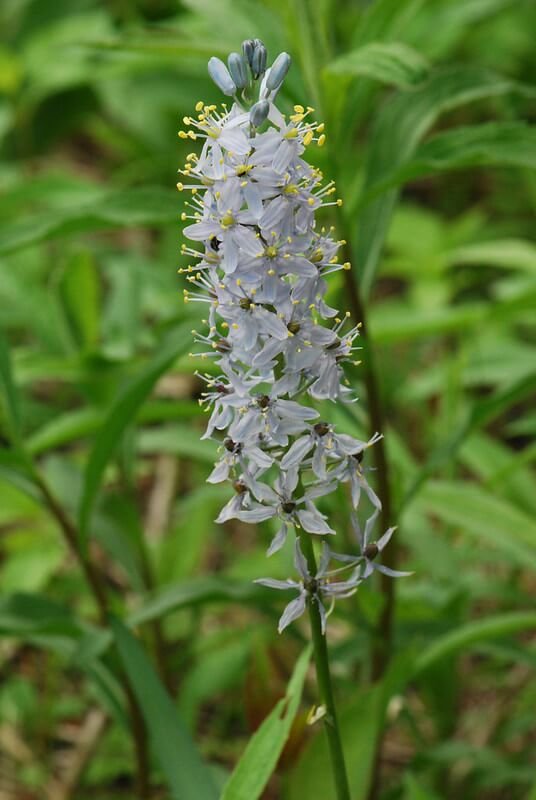 Image 1 of
Image 1 of


River Oats (Chasmanthium latifolium)
River Oats is an attractive grass and a host plant for 6 species of butterflies and moths in our area (illinoiswildflower.info). Its status is listed as critically imperiled in Michigan, so while you may not be preserving the plant that was once here, you are creating habitat for all of the species that may need it for survival (mnfi.anr.msu.edu). It can be a vigorous spreader, so take that into consideration when choosing your planting location. It is often used to prevent soil erosion or as a low-maintenance grass for shade. From what I understand, River Oats are fairly easy to remove and transplant elsewhere.
Photo credit: Melissa McMasters
River Oats is an attractive grass and a host plant for 6 species of butterflies and moths in our area (illinoiswildflower.info). Its status is listed as critically imperiled in Michigan, so while you may not be preserving the plant that was once here, you are creating habitat for all of the species that may need it for survival (mnfi.anr.msu.edu). It can be a vigorous spreader, so take that into consideration when choosing your planting location. It is often used to prevent soil erosion or as a low-maintenance grass for shade. From what I understand, River Oats are fairly easy to remove and transplant elsewhere.
Photo credit: Melissa McMasters
River Oats is an attractive grass and a host plant for 6 species of butterflies and moths in our area (illinoiswildflower.info). Its status is listed as critically imperiled in Michigan, so while you may not be preserving the plant that was once here, you are creating habitat for all of the species that may need it for survival (mnfi.anr.msu.edu). It can be a vigorous spreader, so take that into consideration when choosing your planting location. It is often used to prevent soil erosion or as a low-maintenance grass for shade. From what I understand, River Oats are fairly easy to remove and transplant elsewhere.
Photo credit: Melissa McMasters
Life Cycle: Perennial
Sun Exposure: Partial
Soil Moisture: Medium/wet—Med
Height: 1.5-4 feet
Plant Spacing: 1-2 feet
Bloom Time: July-Sept
Bloom Color: Yellow
Advantages: Deer Resistant, Recommended, but can be vigorous
Host: 6 species of butterflies and moths use this as a caterpillar host plant in our area (illinoiswildflower.info)
Species of Concern: State Status: Presumed extirpated (legally 'threatened' if rediscovered), State Rank: Critically imperiled (mnfi.anr.msu.edu)





